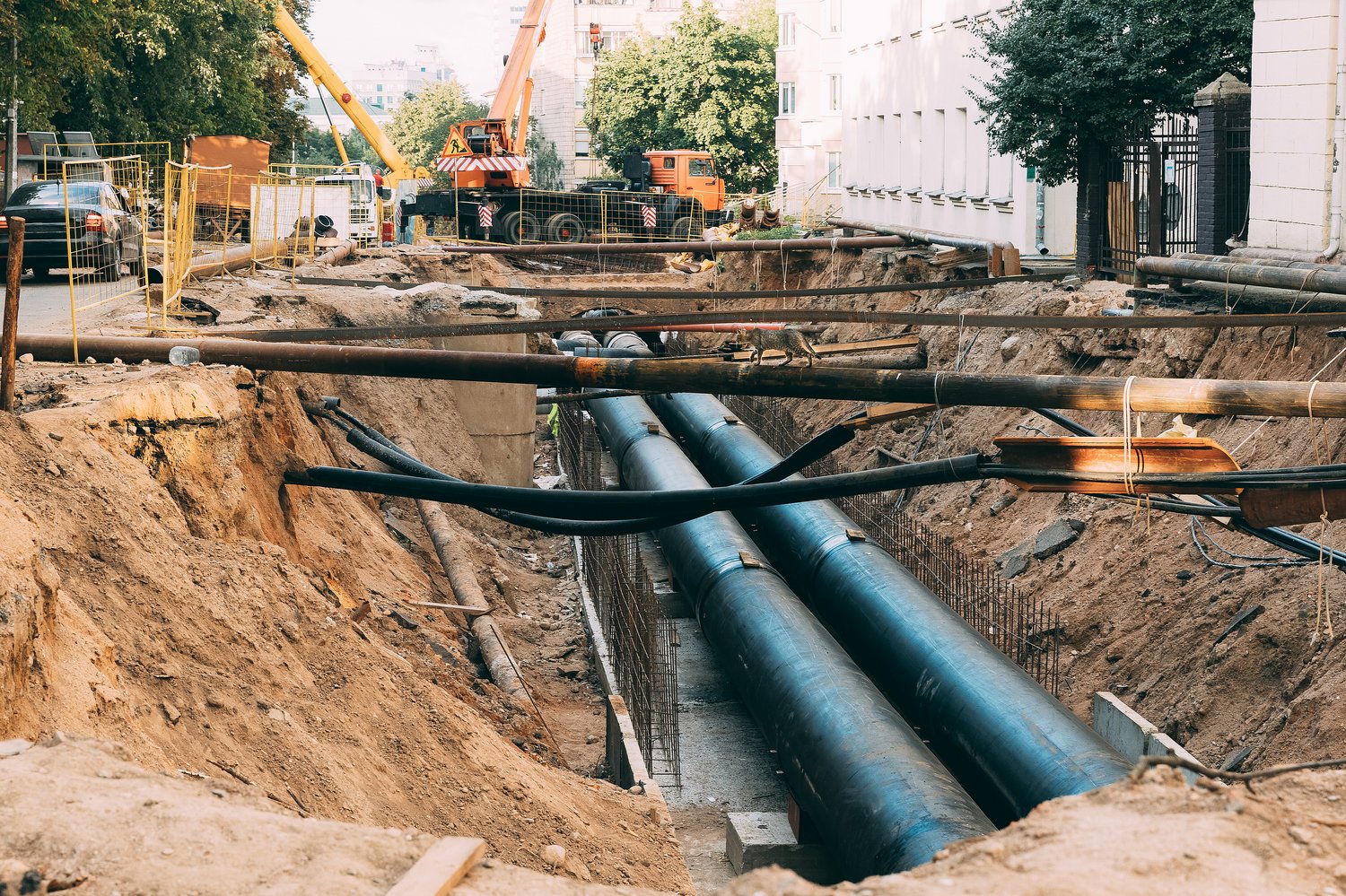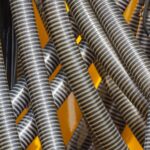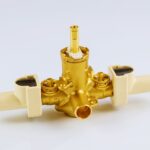Understanding the importance of drainage
Proper drainage is crucial for maintaining a healthy property. It prevents water accumulation, which can lead to structural damage and mold growth. Effective drainage systems protect foundations from erosion and basement flooding. These systems typically include drainage pipes, couplings, and wells. A well-designed drainage network can handle up to 1 inch of rainfall per hour, ensuring water is quickly directed away from buildings.
Drainage pipes are the backbone of any drainage system. They come in various materials, including PVC, concrete, and corrugated plastic. The choice of material depends on factors such as soil type, climate, and budget. PVC pipes, for instance, are lightweight and resistant to corrosion. Concrete pipes are durable and suitable for heavy loads. Drainage pipes typically range from 4 to 18 inches in diameter, with larger sizes used for main lines.
Drainage couplings are essential components that connect pipe sections. They ensure a watertight seal and allow for expansion and contraction. Common types include flexible couplings, mechanical couplings, and push-fit couplings. Flexible couplings can accommodate pipe movement up to 8 degrees, making them ideal for areas with shifting soil. Drainage couplings are available in sizes matching standard pipe diameters, typically from 1.5 to 24 inches.
Drainage wells play a crucial role in collecting and redistributing excess water. They act as holding tanks, allowing water to seep slowly into the surrounding soil. A standard drainage well can hold between 50 to 100 gallons of water. These structures are particularly useful in areas with poor natural drainage. Drainage wells should be placed at least 10 feet away from building foundations to prevent water from seeping back towards structures.
Planning and installing a drainage system
Proper planning is essential for an effective drainage system. Start by assessing your property’s topography and soil type. Clay soils retain water, while sandy soils drain quickly. Conduct a percolation test to determine soil drainage rates. This involves digging a hole 12 inches deep and filling it with water. Measure how quickly the water level drops; a rate of 1 inch per hour indicates good drainage.
Calculate the drainage area and expected rainfall to determine the required pipe sizes. A general rule is to use 4-inch pipes for areas up to 1,500 square feet and 6-inch pipes for larger areas. Slope is crucial for gravity-fed systems; aim for a minimum slope of 1/4 inch per foot. This ensures water flows freely without pooling or backing up.
When installing drainage pipes, dig trenches at least 12 inches wide and 18 inches deep. Line the trench with landscape fabric to prevent soil infiltration. Use gravel to create a 3-inch bed for the pipes. Connect pipe sections using appropriate couplings, ensuring tight seals. Cover the pipes with more gravel, then backfill with soil, leaving a slight mound to account for settling.
Install catch basins at key collection points to capture debris and prevent pipe clogging. These should be placed every 50 to 100 feet along the drainage line. Ensure the basins have removable grates for easy cleaning. Connect the drainage system to a suitable outlet, such as a storm sewer or drainage ditch, following local regulations.
Maintaining your drainage system
Regular maintenance is key to ensuring your drainage system functions properly. Inspect the system at least twice a year, preferably in spring and fall. Check for signs of damage, such as cracks in pipes or loose couplings. Clear debris from catch basins and grates to prevent blockages. Use a garden hose to flush the system, checking for proper water flow.
Trim vegetation near drainage components to prevent root intrusion. Roots can penetrate pipes, causing blockages and damage. Keep gutters and downspouts clean to ensure proper water flow into the drainage system. Consider installing gutter guards to reduce debris accumulation.
Address issues promptly to prevent minor problems from escalating. Small cracks can be repaired with epoxy or silicone sealant. Replace damaged sections of pipe or couplings as needed. If you notice persistent puddles or soggy areas, it may indicate a clogged or collapsed pipe section requiring professional attention.
Consider hiring a professional for annual video inspections of underground pipes. This can detect issues not visible from the surface, such as tree root intrusion or pipe collapse. Regular maintenance can extend the life of your drainage system by up to 50 years, saving you money on costly repairs or replacements in the long run.





